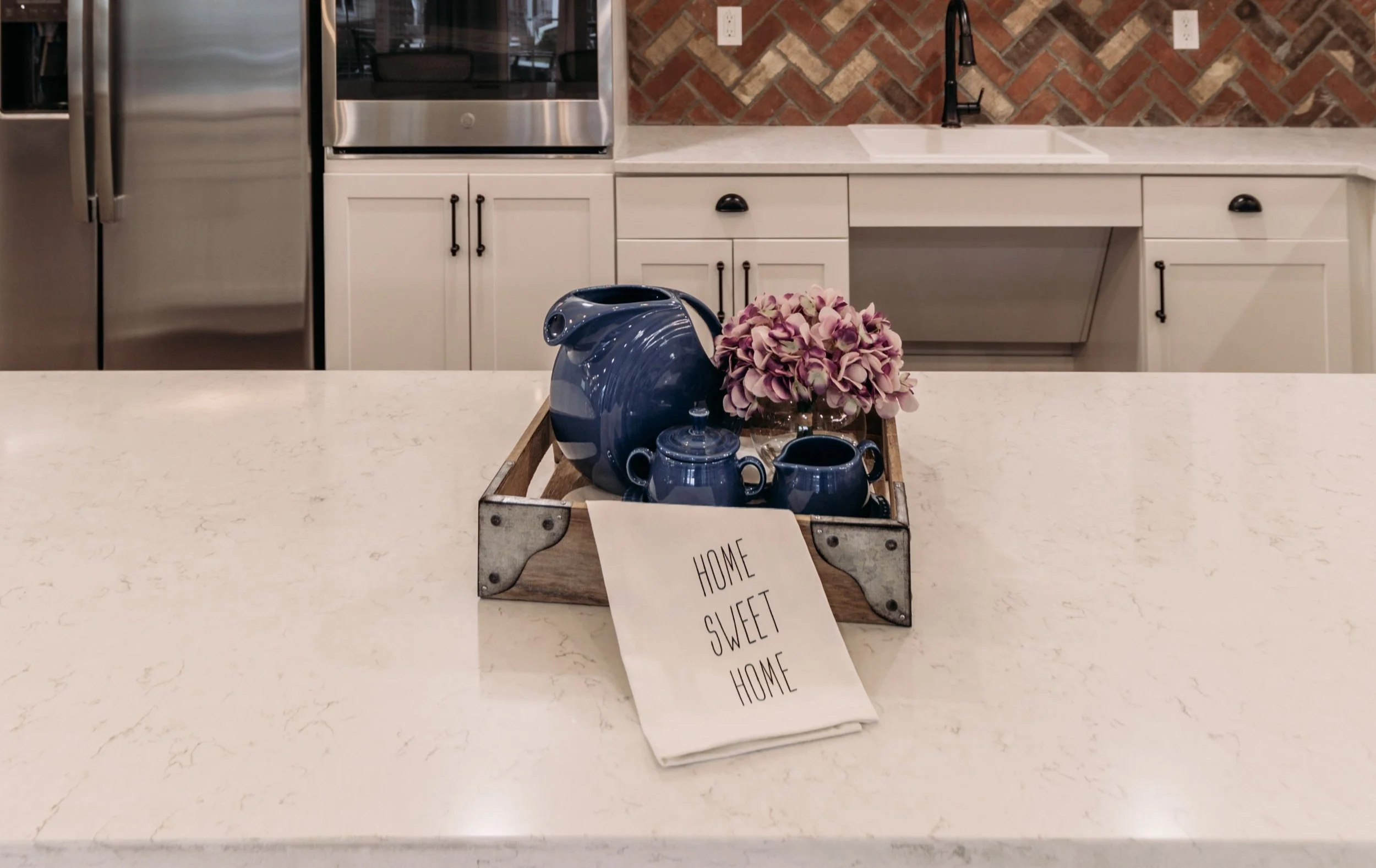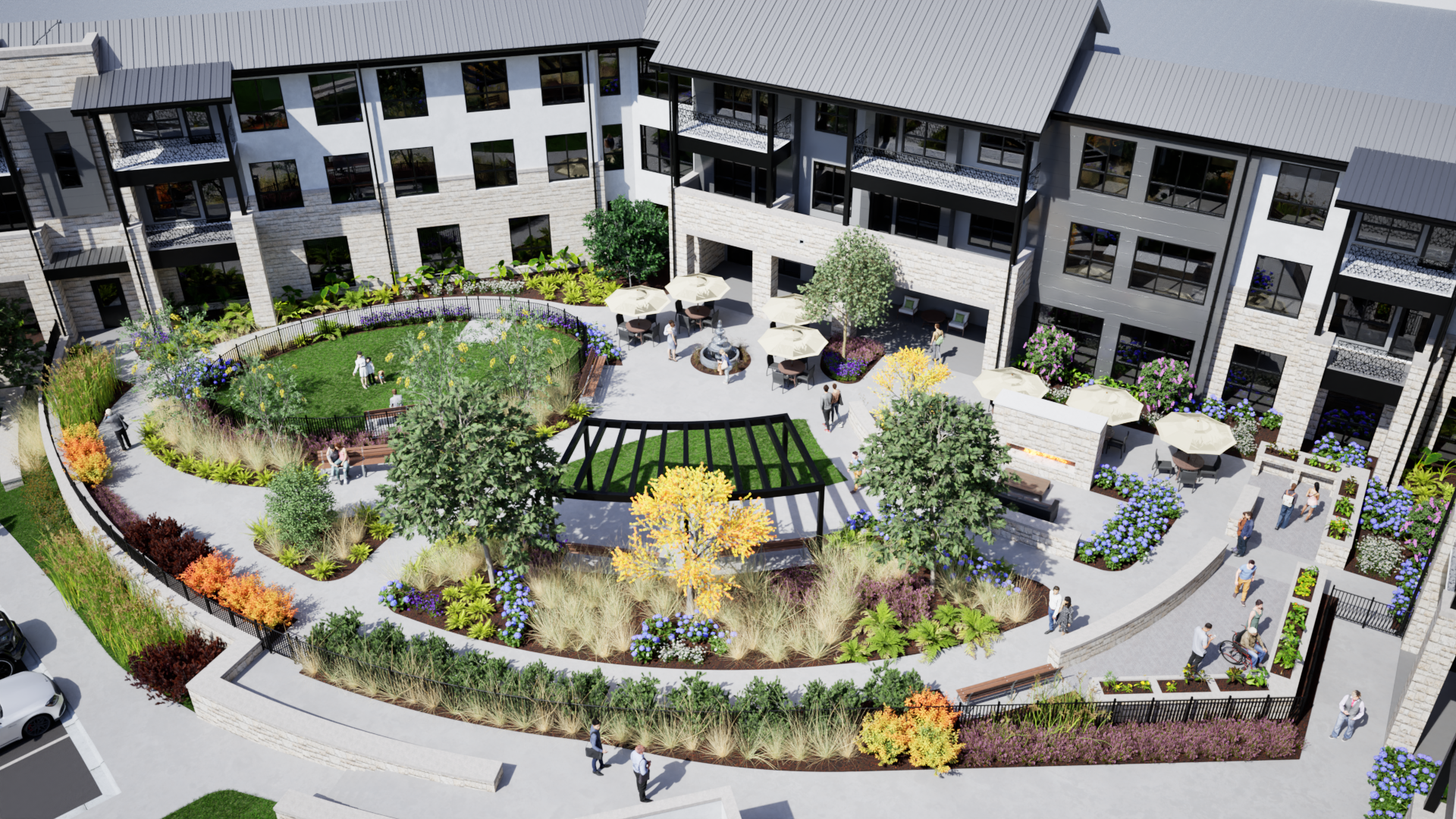Designing to Keep Staff Safe: The New Normal of the Workplace
Several adjustments, some small and others more complex, can help protect your staff. For instance, the open floor plan that has been become so popular and considered by some as essential to collaboration is also conducive to disease transmission. While constructing walls may not be a viable or even a desirable solution, there are some simple fixes for the short term:
Plexiglass barriers that be mounted on desks and hand sanitizers that can be built into workstations.
Tall laminate gallery panels between workstations that prevent physical contact but enable workers to see and communicate with each other.
Furniture with bleach-cleanable fabrics that don’t weaken, tear, or fade when exposed to disinfectant cleaning products.
The use of air filters that push air down, not up.
Repositioning of desks to face away from each other and create more space between workers.
Outdoor spaces that protect against the elements but enable meetings and collaboration.
Windows that open for greater air flow.
In the long run, look for a move away from the dense open floor space concept. Building design will seek to create an appealing, welcoming office space that has safety and distancing as a focus, with more elements such as room/space dividers and free-standing privacy booths. Additionally, there will be an emphasis on maximizing small spaces, enabling more physical distancing in conference rooms, and diverting congestion points. There will be more attention to creating environments with higher-quality air filtration systems and a greater use of no-touch faucets/lighting/office entry, copper fixtures, and the use of UV lighting to disinfect offices and meeting rooms overnight.
Technology will play more of a role in workplace design. Watch for the growth of data-tracking applications to collect analytics about how workers move around the office. This information will be used to determine strategies for maximizing space and energy use.
No doubt, creating a sense of community in the office will be challenging post-COVID. The old habits of handshakes and gathering in the breakroom might not be gone for good, but in the foreseeable future they’re replaced with physical distancing, elbow bumps, and face masks. This will be easier for some people than others. It will be important to look for ways to unify workers and enable them to bond and interact. This may mean efforts such as more and larger screens and better audio for teleconferencing, break rooms with open spaces and access to outdoor seating, and other innovations.
The new normal will take some adjustments on everyone’s part. However, if you communicate how you are working to keep people safe, focus on efforts to keep them connected and comfortable, and listen to and address their concerns and fears, you can help staff adjust to the new normal of the workplace. Pi is here to help you. Please contact Pi Architects’ Interior Design Team for additional information.
Contact us here or call us at 512-231-1910
















